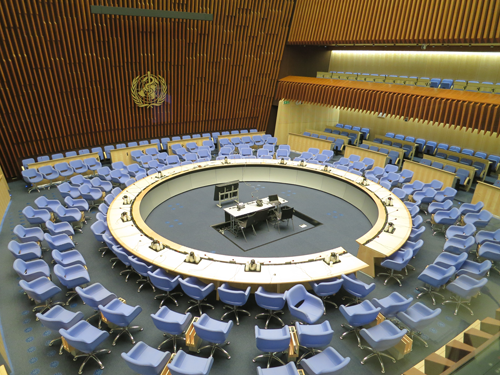Jun 06 2014 Cross-sector collaboration and global health
 Collaboration at its best can help address complex problems by bringing together partners from various sides of an issue. Although each party brings a distinct perspective to the discussion, they each share a fundamental interest in finding a solution no matter what the problem may be. While many of our cases focus on community or state-wide initiatives, principles of collaboration have grown increasingly relevant – and in demand – among international organizations, such as the World Bank, the United Nations, and the World Health Organization.
Collaboration at its best can help address complex problems by bringing together partners from various sides of an issue. Although each party brings a distinct perspective to the discussion, they each share a fundamental interest in finding a solution no matter what the problem may be. While many of our cases focus on community or state-wide initiatives, principles of collaboration have grown increasingly relevant – and in demand – among international organizations, such as the World Bank, the United Nations, and the World Health Organization.
When it comes to health issues, the need for cross-sector collaboration has been deemed a “no brainer” by leaders such as Timothy Evans, Director of Health, Nutrition, and Population at the World Bank. According to Evans, cross-sector collaboration is a key to ensuring the success of health initiatives in the Bank’s client countries.
However, it involves more than just cross-sector collaboration on a macro-level. As we discussed in our review of Larry Summers’ talk at Harvard Kennedy School, and as expressed in this recent article, collaboration must occur at every level – from individual projects, that can then be scaled up to a broader level and recreated across programs.
Understanding what works in each individual project – at the level of implementation – organizations can refine their approach and continually improve their response to health, economic, and environmental concerns. The case studies that we conduct as a complement to our toolkit are meant to illustrate the successful strategies at the implementation level, and provide a roadmap on how to navigate competing interests when it comes to issues such as allocation of resources, and decision-making.
